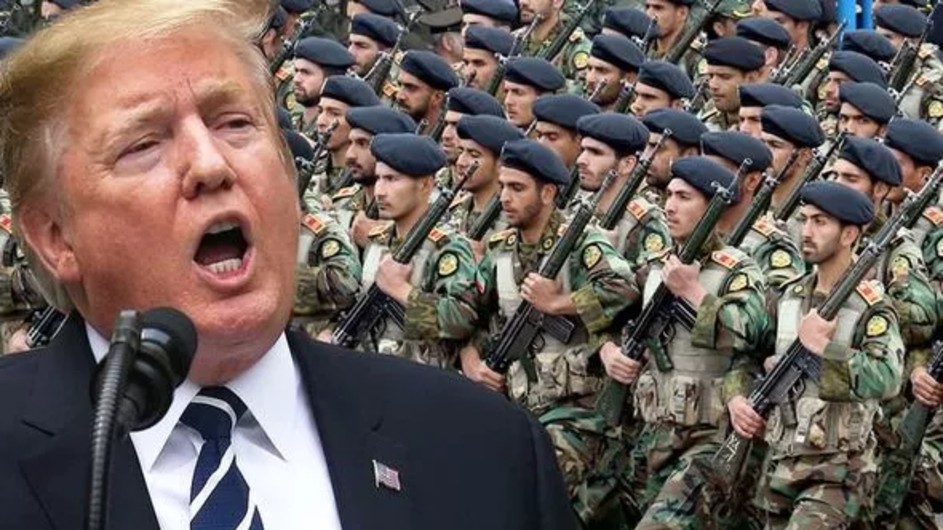Table of Contents
ToggleIntroduction: A Brief Overview
When it comes to international relations, few dynamics are as intricate as the one between Iran and the USA. This relationship has ebbed and flowed through decades of tension, conflict, and sporadic cooperation. In recent years, it has become a focal point in global politics, often setting the stage for broader geopolitical shifts. But what does the current state of affairs look like? Let’s dive into the latest developments and unravel the complexities of this enduring relationship.
Historical Context
The Early Relations
To understand the current dynamics between Iran and the USA, we need to look back at their historical interactions. Early relations were relatively positive, characterized by economic and military cooperation. The 1950s and 60s saw the USA providing substantial support to Iran https://wispotlight.com, which was then under the rule of the Shah.
Major Conflicts and Agreements
However, the relationship took a sharp turn with the Iranian Revolution in 1979. The revolution led to the establishment of the Islamic Republic of Iran, fundamentally altering the geopolitical landscape. The new regime’s anti-American stance and the subsequent hostage crisis in which 52 Americans were held for 444 days marked a period of deep mistrust and animosity.
The Iranian Revolution
The Iranian Revolution was a seismic shift in the region’s balance of power. The overthrow of the Shah and the rise of Ayatollah Khomeini set the stage for decades of contentious relations. The revolution not only changed Iran’s domestic policies but also its foreign policy, with the USA emerging as a primary adversary.
The Hostage Crisis
The hostage crisis was a pivotal event that strained relations to the breaking point. The 444 days of captivity and the failed rescue mission deepened the divide between the two nations. This event continues to influence American perceptions of Iran and vice versa.
Recent Developments
In recent years, the relationship between Iran and the USA has been marked by a mix of conflict and cautious diplomacy. The nuclear deal, known formally as the Joint Comprehensive Plan of Action (JCPOA), was a landmark agreement that temporarily thawed relations. However, the USA’s withdrawal from the deal under the Trump administration reintroduced significant tensions.
Current Diplomatic Relations
Recent High-Level Meetings
Diplomatic engagements between Iran and the USA have seen varying degrees of success. Recent high-level meetings have aimed to address nuclear proliferation, regional security, and economic sanctions. While some progress has been made, substantial disagreements remain.
Key Agreements and Disagreements
The nuclear deal remains a central issue. The JCPOA, agreed upon in 2015, was designed to limit Iran’s nuclear program in exchange for relief from economic sanctions. However, the USA’s withdrawal from the agreement in 2018 led to a reimposition of sanctions and heightened tensions.
The Nuclear Deal
The JCPOA was a significant diplomatic achievement, but its fragility became evident as political winds shifted. The deal’s collapse has had far-reaching effects, influencing not only bilateral relations but also global non-proliferation efforts.
Sanctions and Economic Impacts
The reimposition of sanctions has had severe economic consequences for Iran, affecting everything from oil exports to everyday goods. These sanctions have not only strained Iran’s economy but have also complicated diplomatic efforts.
Impact on Global Politics
Influence on Middle Eastern Alliances
The Iran-USA relationship has profound implications for Middle Eastern alliances. Countries like Saudi Arabia and Israel view Iran as a significant threat, and their alliances with the USA are influenced by the ongoing tensions between Washington and Tehran.
Effect on Global Trade and Security
The geopolitical strife between Iran and the USA also impacts global trade routes and security. The Strait of Hormuz, a critical chokepoint for oil transportation, is often a flashpoint for potential conflict, affecting global energy markets.
Public Perception and Media Coverage
How the Media Shapes the Narrative
Media coverage plays a crucial role in shaping public perception of the Iran-USA relationship. Different media outlets may frame the story in ways that align with their political leanings, influencing how the public views the conflict and diplomatic efforts.
Public Opinion in Iran vs. the USA
Public opinion in both countries is often influenced by historical grievances and current events. In Iran, the USA is frequently depicted as a hostile power, while in the USA, Iran is often portrayed through the lens of its nuclear ambitions and regional policies.
Challenges and Opportunities
Obstacles to Improved Relations
Several obstacles stand in the way of improving relations between Iran and the USA. These include deep-seated mistrust, differing geopolitical goals, and domestic political pressures in both countries.
Potential Areas for Cooperation
Despite the challenges, there are areas where cooperation is possible. Issues such as climate change, counterterrorism, and public health could provide common ground for dialogue and collaboration.
Case Studies and Recent News
Key Incidents of 2024
Recent events have continued to shape the relationship between Iran and the USA. Key incidents in 2024 have included diplomatic skirmishes, economic developments, and evolving security dynamics.
Analysis of Recent Statements and Actions
Recent statements from both Iranian and American leaders provide insights into their current priorities and strategic goals. Analyzing these statements helps us understand the direction in which relations might head.
Future Outlook
Predictions for Diplomatic Relations
Looking ahead, the future of Iran-USA relations remains uncertain. Factors such as political changes, regional developments, and international pressures will influence whether the relationship can move towards a more stable and cooperative phase.
Potential Shifts in Policy and Strategy
Changes in leadership or policy shifts in either country could dramatically alter the diplomatic landscape. Observers are watching closely to see if new strategies will emerge that could foster better relations.
Conclusion
In conclusion, the relationship between Iran and the USA is a complex and evolving one, shaped by historical events, current conflicts, and future possibilities. As both nations navigate their respective challenges and opportunities, the global community watches closely. Understanding this intricate dance of diplomacy helps us grasp the broader implications for international relations and global stability.

